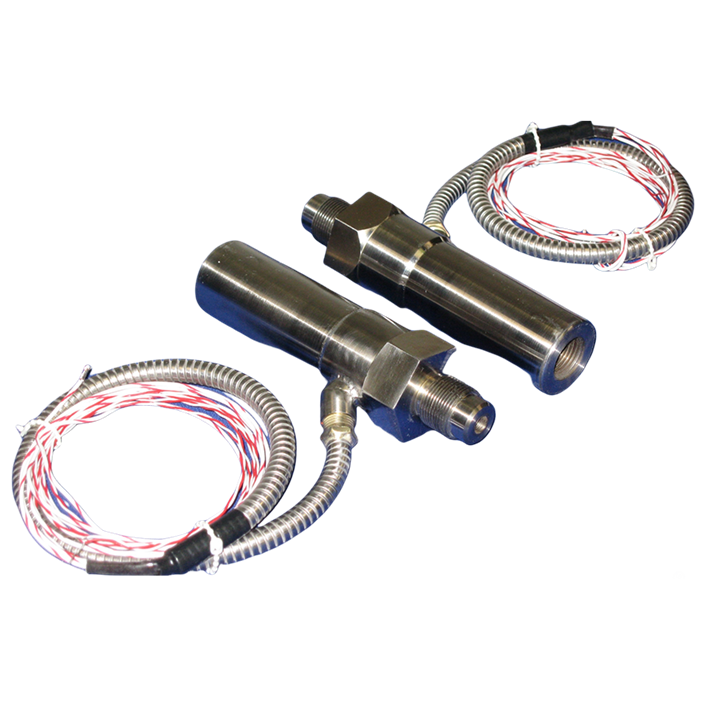Product Line Expanded to Include Sprue Bushings and Heated Nozzles
Spark Industries’ offerings now include integrally heated sprue bushings and machine nozzles.
Share
Spark Industries LLC (Elkhart, Ind.) has expanded its product line to include integrally heated sprue bushings and machine nozzles, in addition to its existing portfolio, which includes custom mold boxes; mold and cable diagnostics; cables and the Fast Heat Pulse and Ion hot runner controllers.
Spark notes that integrally heated sprue bushings provide excellent heat transfer and can process a wide range of resins. The bushing’s streamlined flow channel terminates in a reverse taper gate, minimizing pressure loss and allowing for rapid gate freeze. The formation of a small gate stub on the part or runner results in a machine hold-time reduction, with reportedly no increase in sink marks on the molded part. They feature a replaceable type-J thermocouple located close to the flow channel and are available in either a standard .500- or .750-in. radius head or custom as requested. Gate options include a standard sprue for non-machined applications, with extra stock for machining applications, or a euro style extra stock with a reduced gate diameter for use in restrictive areas and those that require less heat loss.
Integrally heated machine nozzles also provide strong heat transfer. With this line, tip options include general purpose for PS, PE and PP; full taper for ABS, PMMA, and polysulfone resins; and a nylon tip for the polyamide and acetal families. Power leads are 90° standard, with an optional 45° or the ability to be customized to the specific machine requirements. Standard thread sizes include: 1.25 in. —12 UNF, 1.5 in. —12 UNF and 1.75 in. —8 UNF. Metric or other sizes are available upon request, and the flow diameters are .500-in. standard or .750-in. end taper to a .500-in. flow channel.

Spark Industries’ heated machine nozzles come in a variety of models, including general purpose and specialized variations for different engineering resins.
Photo Credit: Spark Industries
Related Content
-
Using Data to Pinpoint Cosmetic Defect Causes in Injection Molded Parts
Taking a step back and identifying the root cause of a cosmetic flaw can help molders focus on what corrective actions need to be taken.
-
A Systematic Approach to Process Development
The path to a no-baby-sitting injection molding process is paved with data and can be found by following certain steps.
-
Is There a More Accurate Means to Calculate Tonnage?
Molders have long used the projected area of the parts and runner to guesstimate how much tonnage is required to mold a part without flash, but there’s a more precise methodology.










